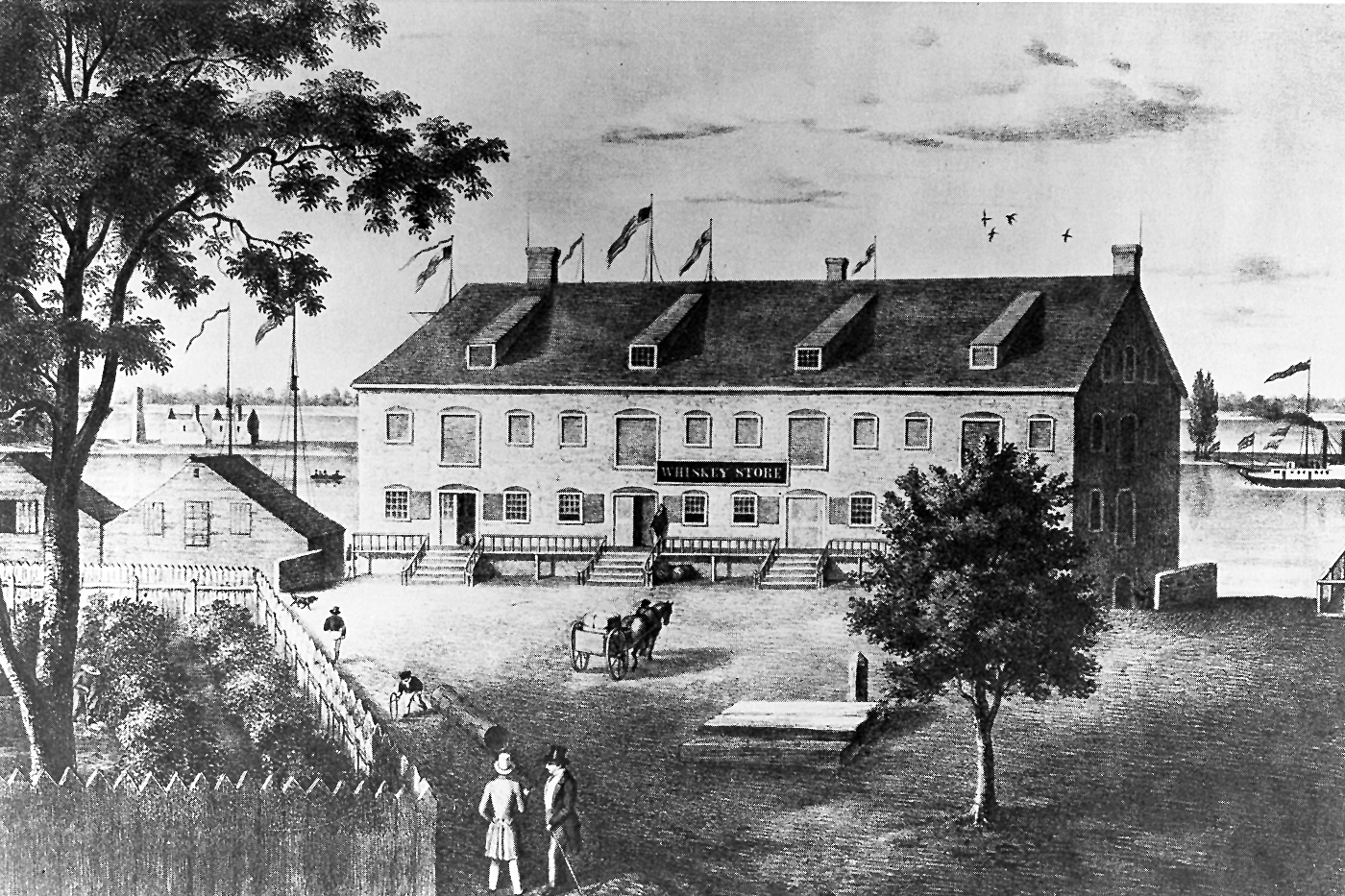The land that became so powerful in little more than a century was, in the late 1700s, almost empty of cultivation beyond the Appalachians. Most observers expected the central parts of the North American continent to fill up eventually with settlers, but few realized how quickly this would occur.
Moreover, most commentators felt that the developed and fully occupied continent could not possibly come under one political rule. Some unsympathetic observers did not believe that the thirteen Atlantic seaboard colonies that had gathered together to fight the British could possibly maintain their postwar union. Yet hold together they did. Though the union was often to be sorely tested, the process of unification produced a single nation.
Why the United States held together cannot be explained by any one factor. Geography was certainly kinder than in Latin America, for the Appalachians were no real barrier at all; the Rockies were not the barrier the Andes were; and the Mississippi valley, unlike that of the Amazon, helped rather than hindered settlement and communications.
The railroad and the telegraph were developed in time to enable goods and ideas to move fast and far enough to hold Americans together. The communications and transportation network already developed by 1860 enabled the North to count on the West in the decisive struggle of the war between the Northern and Southern states. The sheer size of the new republic seemed compatible with a loosely held empire of many tongues and peoples, not with a unified nation- state. But modern technology reduced sheer size to manageable proportions.
Moreover, the resistance to Britain had helped forge a sense of national patriotism. The colonists all recognized one language and one law. Almost all the colonies had frontiers—freely accessible areas on their western edges where an expanding population was carving new lands from the wilderness. This frontier population was a powerful force for unity, for it had little attachment to the older colonial centers. The frontier settlers had great confidence in their own “manifest destiny” to keep pushing westward with the blessing and patronage of the new federal government, but with only remote control from that government.
Americans had gained their independence from Britain by a war and a revolution that were rather mild compared with the French Revolution. After the more committed Loyalists had left for Canada or Britain, Americans shared a growing sense of national unity, without any seriously alienated European minorities.
At the Philadelphia convention of 1787 and in the campaign for adoption during the next two years, they put together a federal constitution that set up a central government with the ability to tax individuals (not just to ask for contributions from constituent states), to control armed forces, and to conduct all foreign relations. The new constitution, in short, set up a sovereign federal nation, not a mere league of sovereign states. On the whole, this result was achieved under conservative leaders, anxious to preserve their economic and social privileges and afraid that democracy in separate, quasi-independent states might go too far.
Thus the new republic entered the world war of the Napoleonic period in 1812. Neither the French nor the British had been observing the freedom of commerce that the United States claimed as the right of a neutral, but the British seemed to the Americans to be infringing upon neutral rights more seriously than the French were. Moreover, American expansionists saw a possible prize in winning Canada from England, but no comparable prize to be won from France.
An American attempt to invade Canada failed, but on the seas the United States won victories that made up for its failures on land and helped bolster national pride. On the whole, the war was a stalemate, and the United States experienced no important gains or losses.
A generation later, however, the United States acquired an enormous block of territory, from Texas to California, at the expense of Mexico. This came in part as a result of annexing the republic of Texas (1845), which had been settled by pioneers from the southern states and had broken away from Mexico in 1836.
President James K. Polk (1795-1849) also resolved to acquire Mexican territories west of Texas by purchase and, when negotiations collapsed, launched the Mexican War of 18461848, which ended with Mexico’s cession of New Mexico and California to the United States in the Treaty of Guadalupe Hidalgo.

